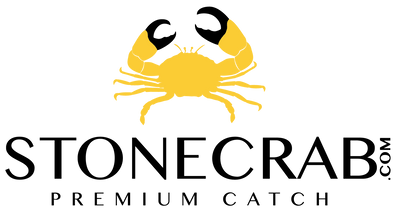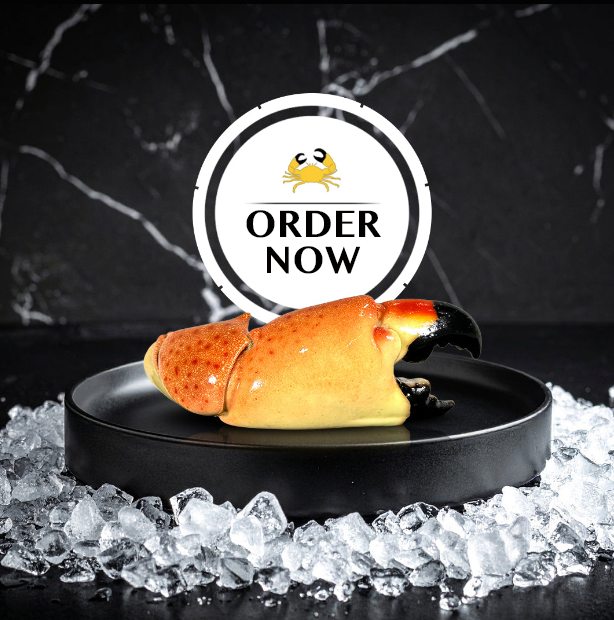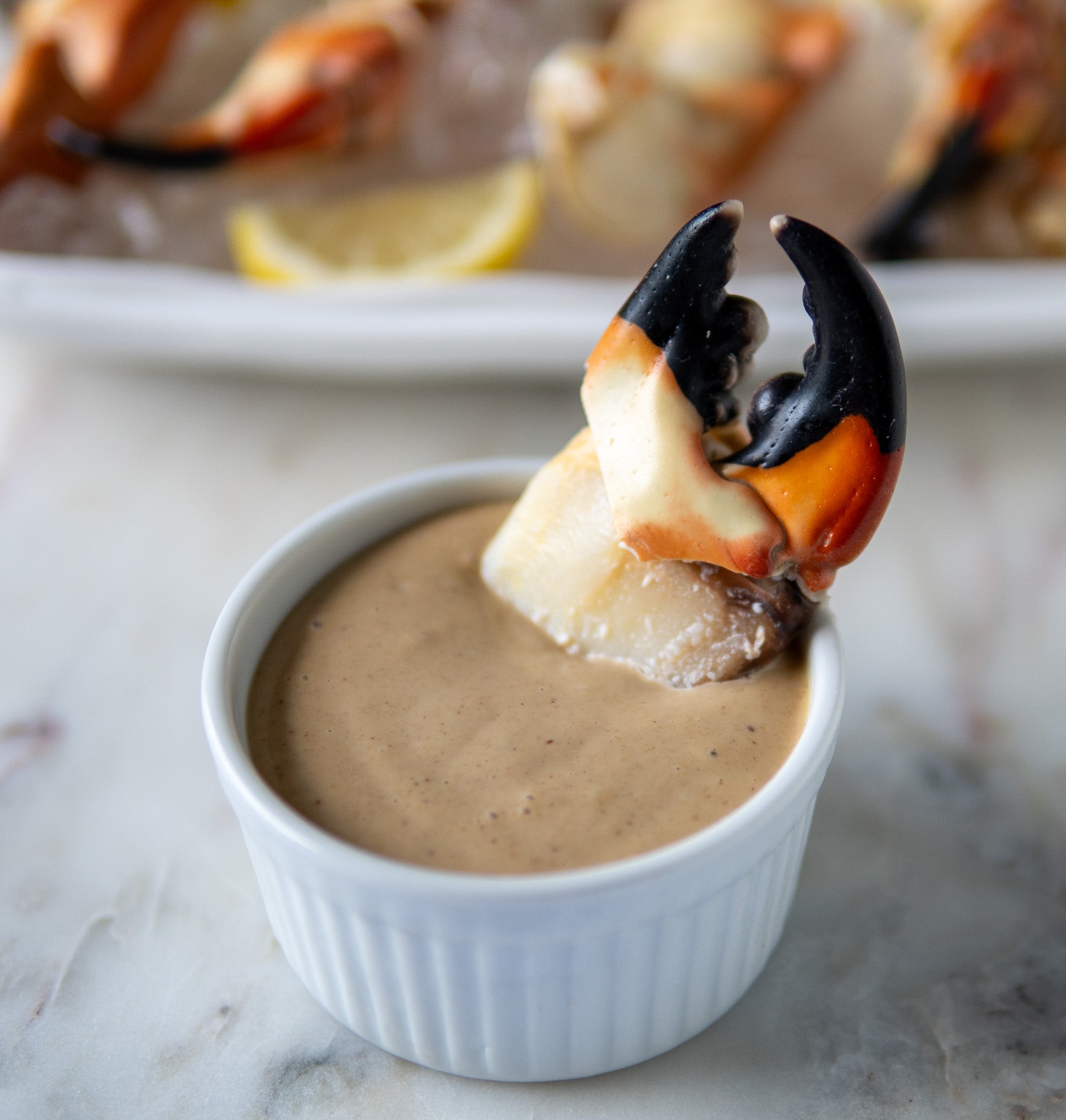What Is the Best Crab to Eat? A Guide to the Top Choices
Crabs are a culinary delicacy loved for their sweet, tender meat and versatility in dishes. With numerous crab species available, each offering unique flavors and textures, choosing the "best" crab often depends on personal taste and the dining experience you're seeking. Here’s an in-depth look at some of the most popular types of crabs, their characteristics, and how to enjoy them.
1. Alaskan King Crab
Why it’s great: Known as the king of crabs, this species is prized for its massive size, rich flavor, and tender, succulent meat. The long, meaty legs are a showstopper on any plate, often served with melted butter. Alaskan king crab has a buttery, sweet taste that’s both luxurious and satisfying.
Best for: Those looking for a decadent seafood feast. Ideal for special occasions or when you want to impress guests.
Culinary uses:
- Steamed or boiled, served with butter or garlic sauce.
- Used in crab cakes, bisques, or seafood pasta.
Downside: King crabs are one of the most expensive types due to their size and the challenges of harvesting them in icy waters.
2. Blue Crab
Why it’s great: Blue crabs are the quintessential choice for crab feasts, particularly in the Chesapeake Bay region. Their meat is tender, sweet, and flavorful, making them a favorite among seafood enthusiasts. They are often steamed and served whole, seasoned with Old Bay.
Best for: Casual crab picking and summer gatherings. Perfect for those who enjoy the experience of cracking shells to get to the meat.
Culinary uses:
- Crab boils or steamed with Old Bay seasoning.
- Lump meat used in crab cakes, soups, or dips.
Downside: Their small size means you’ll need to work to extract the meat, but for many, that’s part of the fun.
3. Dungeness Crab
Why it’s great: Found along the West Coast of the United States, Dungeness crab is known for its sweet, nutty flavor and abundance of meat in its body and legs. This crab is larger than blue crabs and offers a more generous portion of meat per crab.
Best for: Lovers of sweet, delicate seafood flavors and those who prefer less effort for more meat.
Culinary uses:
- Cracked and served with drawn butter.
- Meat used in salads, pastas, or crab cocktails.
Downside: While less expensive than king crab, Dungeness crab can still be pricey depending on the season.
4. Snow Crab
Why it’s great: Snow crabs are known for their long, slender legs filled with tender, slightly briny meat. They are more affordable than king crabs, making them a popular choice for seafood lovers who want a similar experience without the high price tag.
Best for: Fans of crab legs and casual seafood dinners. They’re easier to crack and eat compared to other crabs.
Culinary uses:
- Steamed or baked with butter and herbs.
- Added to seafood platters or salads.
Downside: The meat is less rich compared to king crab but still delicious.
5. Stone Crab
Why it’s great: Stone crabs are unique because only their claws are harvested, and the crab is returned to the water to regenerate them. The meat in the claws is incredibly sweet and firm, often served chilled with mustard sauce.
Best for: Sustainable seafood lovers and those who enjoy claw meat with a firm texture and sweet flavor.
Culinary uses:
- Served chilled with dipping sauces.
- Lightly steamed to preserve the natural flavor.
Downside: Stone crab claws are seasonal (October to May) and can be expensive due to their limited availability.
6. Jonah Crab
Why it’s great: Often considered a more affordable alternative to stone crabs, Jonah crabs are smaller but still offer sweet, flaky claw meat. They’re commonly used in crab cakes and as a budget-friendly option for seafood lovers.
Best for: Those looking for a cost-effective crab option without sacrificing flavor.
Culinary uses:
- Cracked claws served with dipping sauces.
- Meat used in crab cakes or seafood salads.
Downside: Less meat per claw compared to stone or king crabs.
7. Soft-Shell Crab
Why it’s great: Soft-shell crabs are blue crabs that have shed their hard shells and are harvested before the new shell hardens. They can be eaten whole, making them a favorite for fried or grilled crab dishes.
Best for: Those who enjoy eating every part of the crab and exploring different preparation styles.
Culinary uses:
- Deep-fried and served in sandwiches or as an appetizer.
- Grilled or sautéed for a light, flavorful dish.
Downside: Soft-shell crabs are only available during specific times of the year when crabs are molting.
How to Choose the Best Crab for You
The best crab for you depends on your preferences, occasion, and budget. Here are some factors to consider:
- Flavor profile: If you enjoy rich, buttery flavors, Alaskan king crab is the way to go. For something sweet and mild, try Dungeness or blue crab.
- Ease of eating: Snow crab and king crab legs are easier to crack and yield more meat, while blue crabs require more effort.
- Sustainability: Stone crabs stand out as a sustainable option since they regenerate their claws.
- Budget: Jonah crabs and snow crabs are more affordable alternatives to pricier options like king crab.
Conclusion
From the luxurious Alaskan king crab to the sweet, sustainable stone crab, there’s a perfect crab for every seafood lover. Whether you’re enjoying a casual crab boil with friends or indulging in a decadent crab feast, the type of crab you choose will shape your dining experience. Ultimately, the "best" crab comes down to your personal taste, the occasion, and the culinary adventure you’re craving. So grab your crab crackers, choose your favorite variety, and savor the flavors of the sea!



